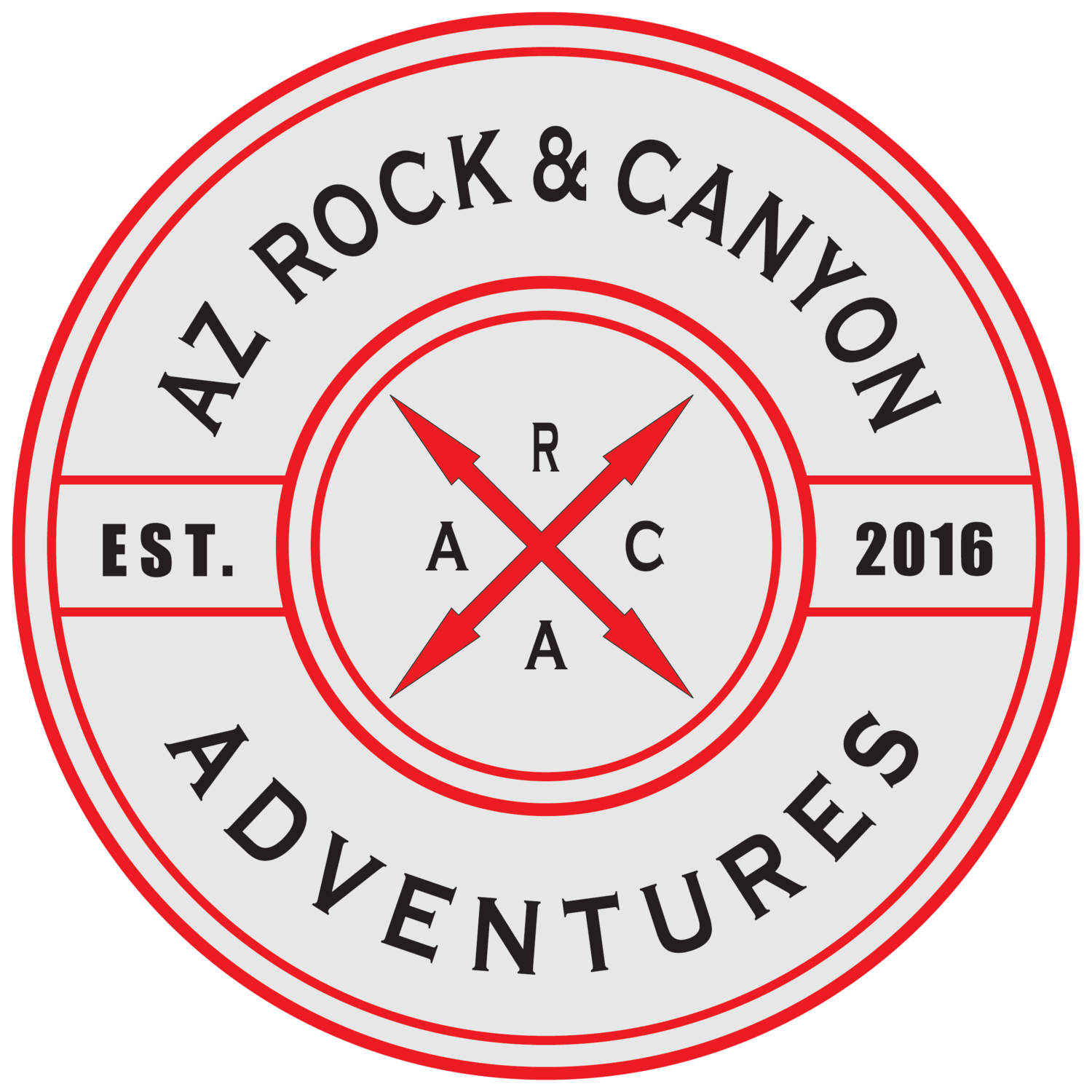Chapter 1 - Ethics EPISODE
In the beginning, bolt ethics have been in heaven and on earth. No, seriously though, ethics just take into account how it affects everyone, not just rope monkeys. Laws regarding bolting are not always keeping up, but that doesn’t mean it’s ok to do whatever we want. A bolt is a permanent human object out in beautiful nature. Think twice, or 3x before placing a bolt. Here are some examples of things that may be legal(ish) but highly frowned upon:
● National Parks in USA
● Top of climbing routes!
● All natural climbing crags
● Wilderness area
● Single use highlines that won’t be rigged often or climbs that won’t be repeated
● High traffic pedestrian areas (ie lookouts or next to popular trails)
Chapter 2 - Rules
There are some clear cut rules for certain areas. Learn them! For example, power drills cannot be used in National Parks, everything must be hand drilled. Different countries have different rules. Know an area well before putting in a metal version of graffiti. Many bolters get the same dopamine response as graffiti artists after seeing something in public that they created. The feeling will be there, that is fine, just make sure you are not installing bolts just for that feeling and that it is helpful and legal and ethical.
Chapter 3 - The Area
If you choose to bolt and it is ethically ok to do so, then thank you for taking your time and money to do so. However, please choose the spot carefully!!!
● Does this location deserve a permanent anchor? Will this line or climb be repeated and is it a benefit to the community? If bolts are required, can you use removables instead (more applicable to highlining)?
● Is there a good spot for bolts to be placed? What is the quality of rock like?
● Can you strategically place bolts to minimize no fall zones?
● Can you strategically place bolts so they can’t be seen by those not using them?
● Can there be a hybrid of natural anchor/bolts? Maybe only one side of a highline needs bolts and the other doesn’t. Maybe part of the climbing route can be climbed with trad gear.
● If the highline anchor is directly above a climbing route, can the bolts be placed elsewhere to avoid conflict and confusion.
● Are there enough other routes and lines already at this location? Will this area benefit from another line or are you just doing it for your ego?
Chapter 4 - YOU
YOU are the #1 risk of any bolt failing. It is a huge responsibility to install a bolt that other people will literally depend their lives on. It is practically impossible to inspect a bolt after it is installed so we just “hope” it was installed correctly when we show up to climb or rig a highline. Realize what kind of role you are playing and respect the responsibility, educate yourself and please please practice. This VIDEO shows bolts being pulled out with body weight after someone died using them in the area!
Practice at home in concrete. If you practice on a rock, be sure it is in an area no one will ever see. Don’t make a major crag or highlining area your testing grounds. If your first thought was, “I don’t want an ugly hole at my house,” then you are well on your way to really understanding the issue some people have about bolts being in our beautiful shared public lands. Spend the money on a tube of glue to understand how it mixes and to make sure you have the right caulk gun. Install a glue in at home to understand how that shit gets everywhere. Pull it out before it cures and clean off the bolt with goof-off if you don’t want a bolt in your yard for the next 50 years. Spend the time hand drilling one bolt in your backyard to understand what is involved and how to make sure the hole stays straight. Install a mechanical bolt with a torque wrench at home and with a normal wrench so you know how tight to make it in the field if hiking in a torque wrench is not practical. Practice. Practice. Practice.
Chapter 5 - Rigging Naturally Hey highliners! If possible, please rig naturally. This means rigging a highline without any use of bolts and “naturally” is a “leave-no-trace” method of highlining.
Generally trad gear like cams, tri-cams, nuts, etc is used or trees and boulders are wrapped with ropes and spansets. I find that rigging a line “naturally” brings more satisfaction as it requires more creativity. Though it can be screwed up easier than just building an anchor on bolts, it generally should be built with enough redundancy that it is just as safe if done right. We teach all natural highline rigging at Highline University International (www.howNOTtoHighline.com)
